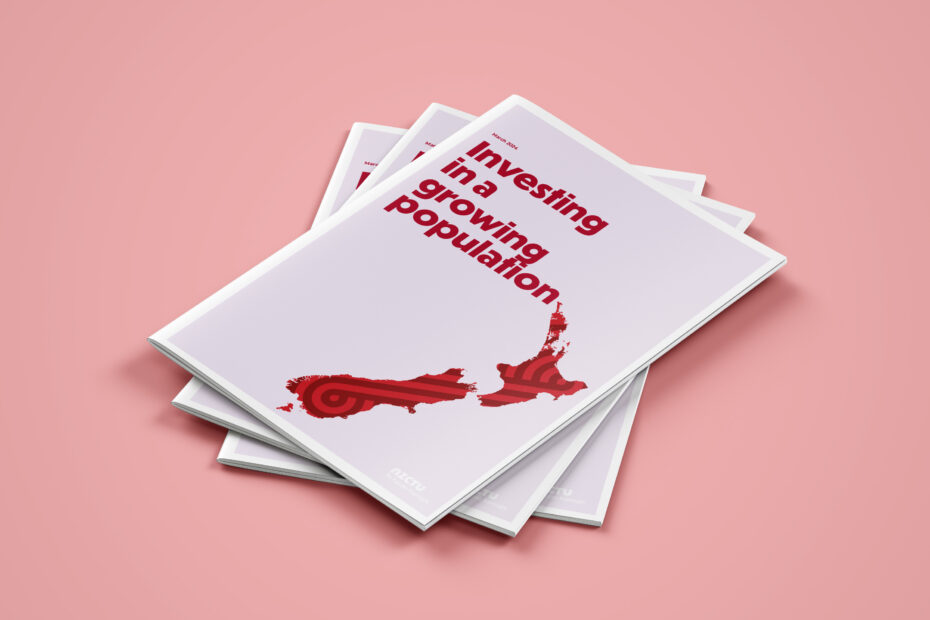Today the CTU has released its report Investing in a growing population, which shows that up to an additional $19.9bn of public goods and services will be needed to service possible population growth over the next four years. This is before the Government’s planned cuts of $2.4bn.
The report examines the current levels of population growth, and forecasts from the Treasury of expected population change. We already know that we have accumulated a significant public infrastructure gap in Aotearoa. A growing population will add to these pressures.
“A growing population will mean growing service and infrastructure needs. If we fail to pay for this now, we will pay far more down the line in higher costs and lower productivity. A responsible government would recognise that and make the essential investments,” said CTU Economist Craig Renney
“New Zealand faces the prospect of a significant investment gap opening up in just 4 years. Instead of making sure that everyone in New Zealand has access to the services they will need, the Government’s lack of investment will likely mean that Kiwis will face more an underfunded and overstretched public sector,” said Renney.
In order to understand the potential scale of the challenge ahead, the CTU has forecast population change in three scenarios:
- The HYEFU forecast
- The pre-Covid Annual Average growth rate (1.96%)
- The Stats NZ December 2022-23 rate (2.81%)
Between 1994 and 2019, real investment per capita in New Zealand increased on average 1.16% per year – a period including many changes in government. None of the scenarios examined achieved that level of change – in fact 2 of the three scenarios see real per capita investment fall.
If the population grows by its pre-Covid rate, then the gap in investment needed to maintain current levels of real per capita investment is $7.9bn. This rises to $19.9bn if current levels of population increase are maintained. Cuts would add to this shortfall.
“If investment levels are not maintained, then we will be asking every dollar of public expenditure to go further and further. This will result in longer waitlists for services such as healthcare. It will mean less being invested per child in education. It will mean access to public services will become harder and harder for those who rely upon them,” said Renney.
“Being fiscally responsible is as much about investing where needed, as well as getting the books into surplus. It’s time for a rethink.
“We have a Budget in May, and the Government could use the money that it is currently proposing to give to landlords and higher income earners to help close this gap. Budgets are about values, and this Government still has time to demonstrate that it cares about New Zealand’s growing population and its growing needs,” said Renney.
